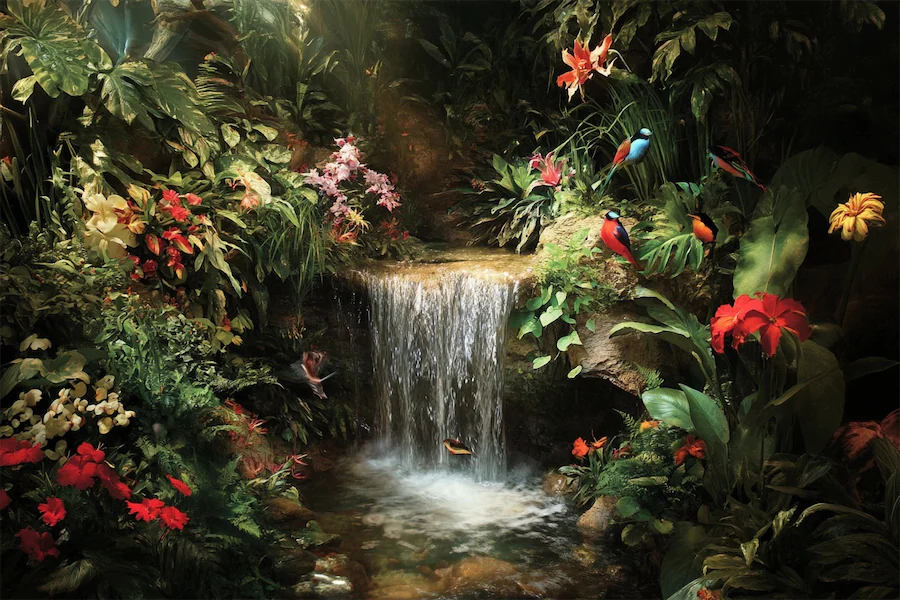A wildlife garden is a deliberately designed outdoor space that provides habitats and resources to support local wildlife, including birds, insects, mammals, and amphibians. By incorporating native plants and creating diverse habitats, these gardens contribute to biodiversity conservation and offer a sanctuary for various species.
History and Origins of Wildlife Gardens
The concept of wildlife gardening gained prominence in the 20th century as urbanization led to habitat loss, prompting conservationists and gardeners to create spaces that support local ecosystems. Notably, Thijsse’s Hof, established in 1925 in the Netherlands, is one of the oldest wildlife gardens, showcasing native plants and serving as a model for similar initiatives worldwide.
Key Features of Wildlife Gardens
Wildlife gardens typically include:
- Native Plantings: Utilizing indigenous plants provides familiar food and shelter for local wildlife, supporting species adapted to the regional climate and soil.
- Water Sources: Features like ponds, birdbaths, or shallow dishes offer drinking and bathing opportunities for animals, enhancing the garden’s attractiveness to wildlife.
- Shelter and Nesting Sites: Incorporating elements such as dense shrubs, log piles, and nesting boxes supplies essential cover and breeding locations for various species.
- Diverse Habitats: Creating a mix of habitats, including meadows, woodlands, and wetlands, caters to the needs of different wildlife, promoting a balanced ecosystem.
Applications of Wildlife Gardens
Wildlife gardens serve multiple purposes:
- Biodiversity Conservation: They provide critical refuges for species affected by habitat loss, helping maintain and enhance local biodiversity.
- Educational Opportunities: These gardens offer hands-on learning experiences about ecology, conservation, and the importance of supporting native wildlife.
- Personal Enjoyment: Engaging with a wildlife garden allows individuals to observe and connect with nature, fostering a sense of stewardship and well-being.
Considerations When Creating a Wildlife Garden
When planning a wildlife garden, consider the following:
- Plant Selection: Choose a variety of native plants that provide year-round resources, such as nectar-rich flowers for pollinators and berry-producing shrubs for birds.
- Avoid Chemicals: Minimize or eliminate the use of pesticides and herbicides to protect the health of wildlife and promote a balanced ecosystem.
- Structural Diversity: Incorporate plants of varying heights and densities to create layered habitats, accommodating different species’ needs.
- Water Management: Ensure water features are safe and maintained, preventing issues like freezing in winter or becoming breeding grounds for pests.
Conclusion
Creating a wildlife garden is a rewarding endeavor that supports local ecosystems and brings nature closer to home. By thoughtfully incorporating native plants, water sources, and shelter, you can develop a vibrant habitat that benefits both wildlife and humans, contributing to conservation efforts and enhancing your outdoor space.
